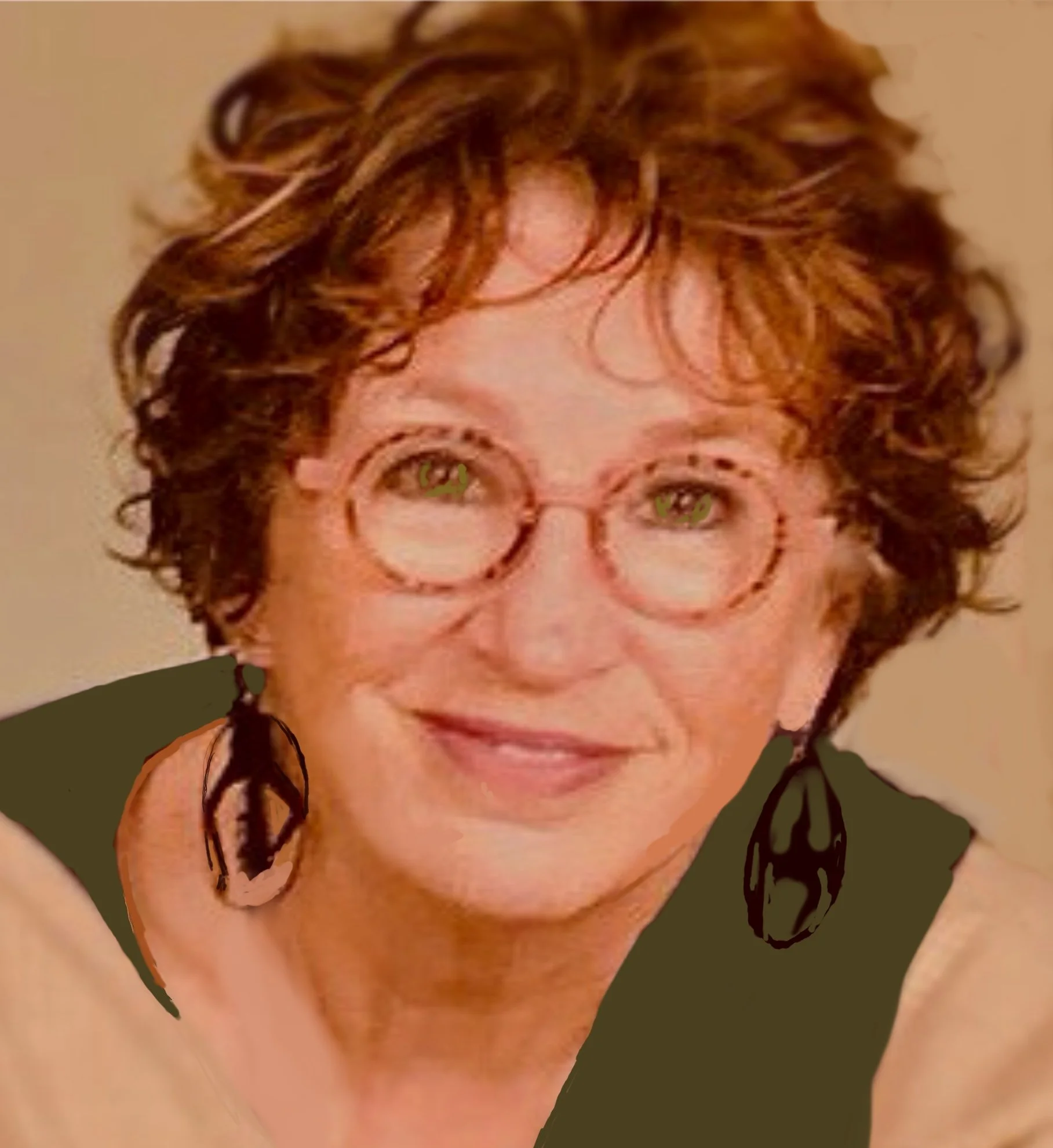Dr Lesley Fitzpatrick opens her art exhibition: Is this Australia staggering towards a better future?
Saturday 8 November 2025
6:00 pm 8:00 pm
Is this Australia: Staggering towards a better future? - Dr Lesley Fitzpatrick
In honour of the 50th Anniversary of the Whitlam Dismissal.
A selection of painted works in acrylics on (often upcycled) canvas
The works explore human, cultural and societal interactions in Australia provoking questions about the nature of our country, its people, and its social and economic fabric.
The images reflect social, economic and ethical contradictions, and challenge the viewer to reflect on the integrity of our, values, behaviours and relationships. They reflect on social conundrums and their impacts and the exploitation of the vulnerable by the powerful. Some works present real-life scenarios, others combine concepts related to changing values, ways of life, cultural myth and a yearning for times past.
The works are silent on the artist’s view of the meanings they offer, inviting the observer to consider their complexities and contradictions; to reflect upon the innate promise of our county; to consider its past and its future; and, the complex issues it faces.
Refreshments will be served
Tickets: https://www.trybooking.com/DGSRU
$15 for MCH Members and Concession, $20 for non-members
This Exhibition will be open 11am - 2pm Saturdays from 8 November to 8 December, 2025 - Free Admission
Manipulated Realities- A photographic exhibition by Brian Rope
June 22 to 13 July 2024 at Manning Clark House
Wednesdays to Sundays - 11am till 2pm
Manipulated Realities
The images in this exhibition are designed to intrigue or, at the very least, to cause viewers to ask questions. What are they about? What has the artist done in this one? And why? Why has he even altered the original image at all? Is it that he wasn’t happy with the shot he took so decided to tart it up somehow? Was he aiming to further improve a great shot? Was he just having fun playing with possibilities that might be created in one way or another? Are the end results any good? Do they justify what the artist has done? Are they all just rubbish?
Why do we sometimes want to manipulate or, if you prefer, alter reality? Is it because we find reality (truth) uncomfortable and would very much like to alter those aspects of our lives that we do not enjoy? A recent theatrical production performed in Canberra was described as a liberating adaptation of the classic play that gave us the term “gaslighting” – a gripping, reimagined thriller of daring and doubt. It was intended to keep patrons guessing, asking whether what happens is madness or manipulation. Would changing things in our lives be liberating? That most certainly is possible – if we eliminate the bad and replace it with good.
In the same way as the play referred to above, the works in this exhibition can be thought of as reimagined scenes and situations, possibly raising doubts if not being daring. Visitors to the show can decide for themselves whether the artist’s manipulations are madness or not, how they might react if they came across an actual location like one of those being displayed. But more importantly, they (you) are invited to discuss (with yourself if you wish) what the artist has done in each work to create what you (they) now see and, most importantly, ask themselves the question - is the resultant manipulated reality an interesting and enjoyable artwork, or is the artist gaslighting us?
Numerous techniques have been employed in creating the various artworks on display. The artist is firmly of the view that the techniques used in the creative journey are not important. Rather, he believes each finished work is far more important than the process followed to reach the destination.
‘Heritage Uncovered’ is an exhibition curated by Catherine Moore, showcasing 28 of the region’s best artists. ‘Heritage Uncovered’ was part of the 2024 Canberra and Region Heritage Festival.
While the physical heritage uncovered exhibition is longer on the walls of MCH, it is still here on the website, and for the time being at least, the works are still for sale (those that weren't sold that is)!
All profits go to maintaining the viability of Manning Clark House, and you are also supporting the participating artists by buying their works!
Please click here to see the price list and email manningclarkhse@gmail.com if you would like to purchase a work of art or two.
Click here to see artists’ biographies .

Jakub Mazurkiewicz “Sooty Owl” pure titanium, wooden box 2024 The origin of this work is described in this part of his statement: “The genesis of the Sooty Owl piece emerged from my examination of a mathematical construct proposed in 1918 by Gaston Julia. The intricate details of this construct, known as a Julia Set, became discernible only with the advent of computers many years later. Within the framework of a Julia Set, I found the form of a Sooty Owl. With careful methodology, I extracted the image and translated it into titanium, colouring through the application of intense heat from a specialised flame.” www.charleysforestsilver.com.au
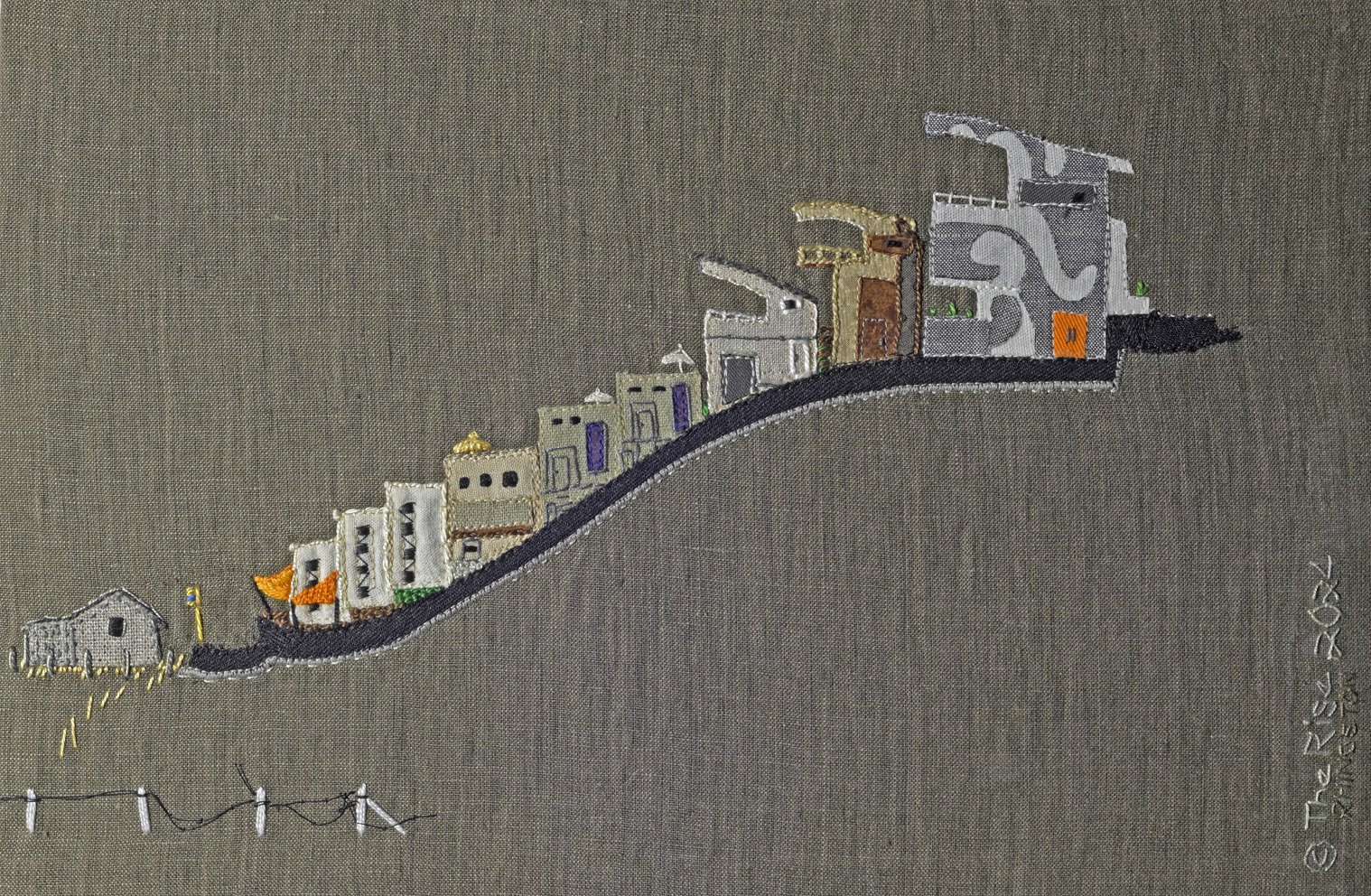
Ruth Hingston “The Rise” embroidery on linen 500 x 380 2024 Here is part of Ruth’s statement. As suburban developments surge across the Canberra landscape, small farm structures become isolated reminders of early rural settlers.
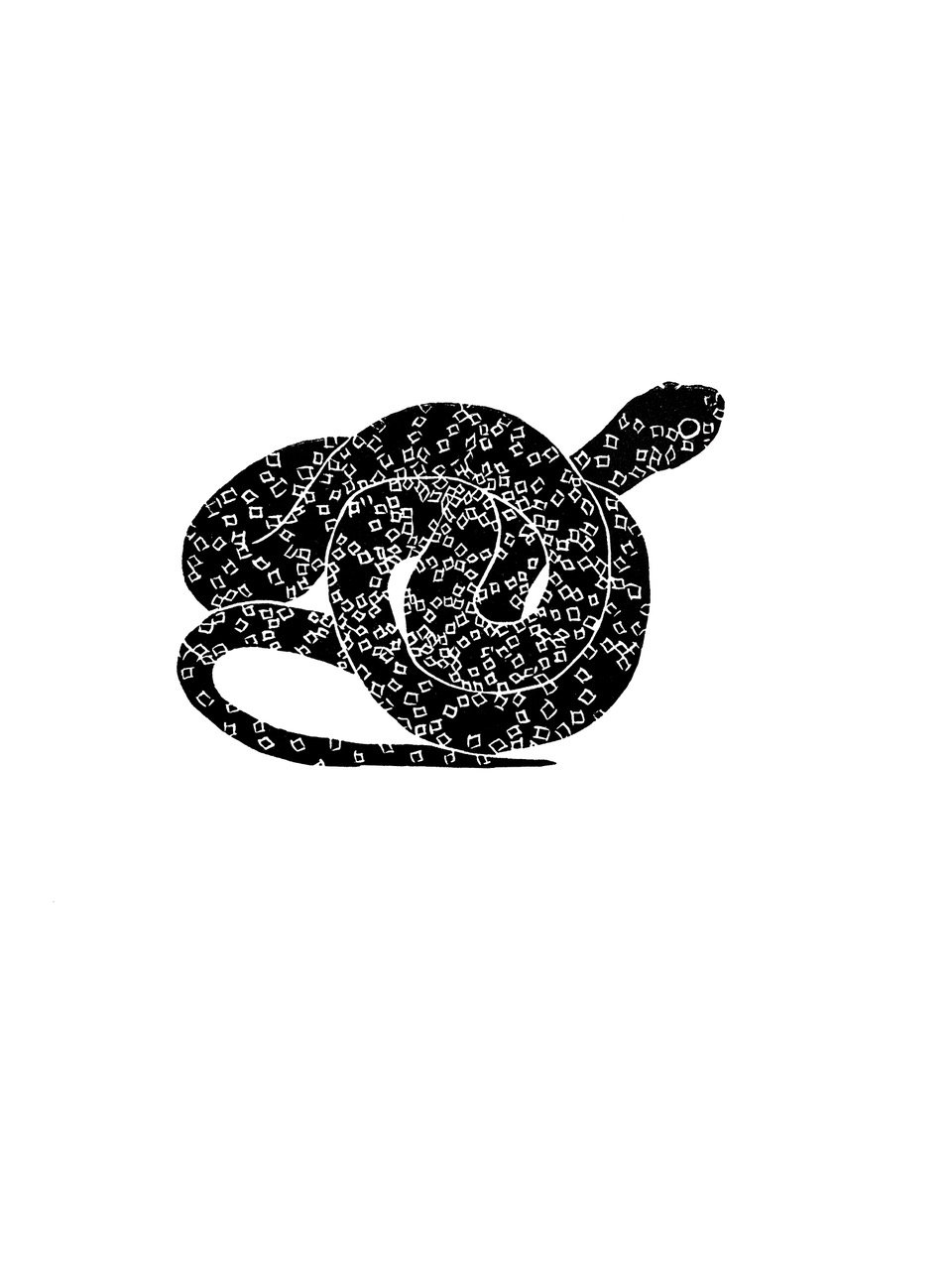
Libby Moore “Please stay, Broad-headed snake” lino cut on Arches paper, 2023 520 x 423 Libby says Native animal and plant life is disappearing all around us. Within the Hornsby Shire where I live, there are nearly sixty endangered and vulnerable species, or populations, of amphibians, reptiles, birds, mammals and invertebrates. As a result of the increasing number of natural disasters such as flood and fire, together with a fast-growing human population needing more space to live, the habitats of our endemic wildlife are being wiped out. #libbymooreart

Sky Mazurkiewicz “Rift” 2024 recycled sterling silver and found stones from south eastern Australia displayed on Australian hardwood timber Here’s a hint of Sky’s statement to go with the partly revealed image: The stones represent the earth; the veins or matrix within the stones represent white colonialism, environmental damage and suffering of the earth and its inhabitants, including fauna and flora. Beautiful objects can be created from humble materials not considered precious. My approach intentionally observes a pared back and simplified dignity, influenced by the natural surroundings of the Budawang Ranges and the romance of old ethnic tribal silver. #charleysforestsilver
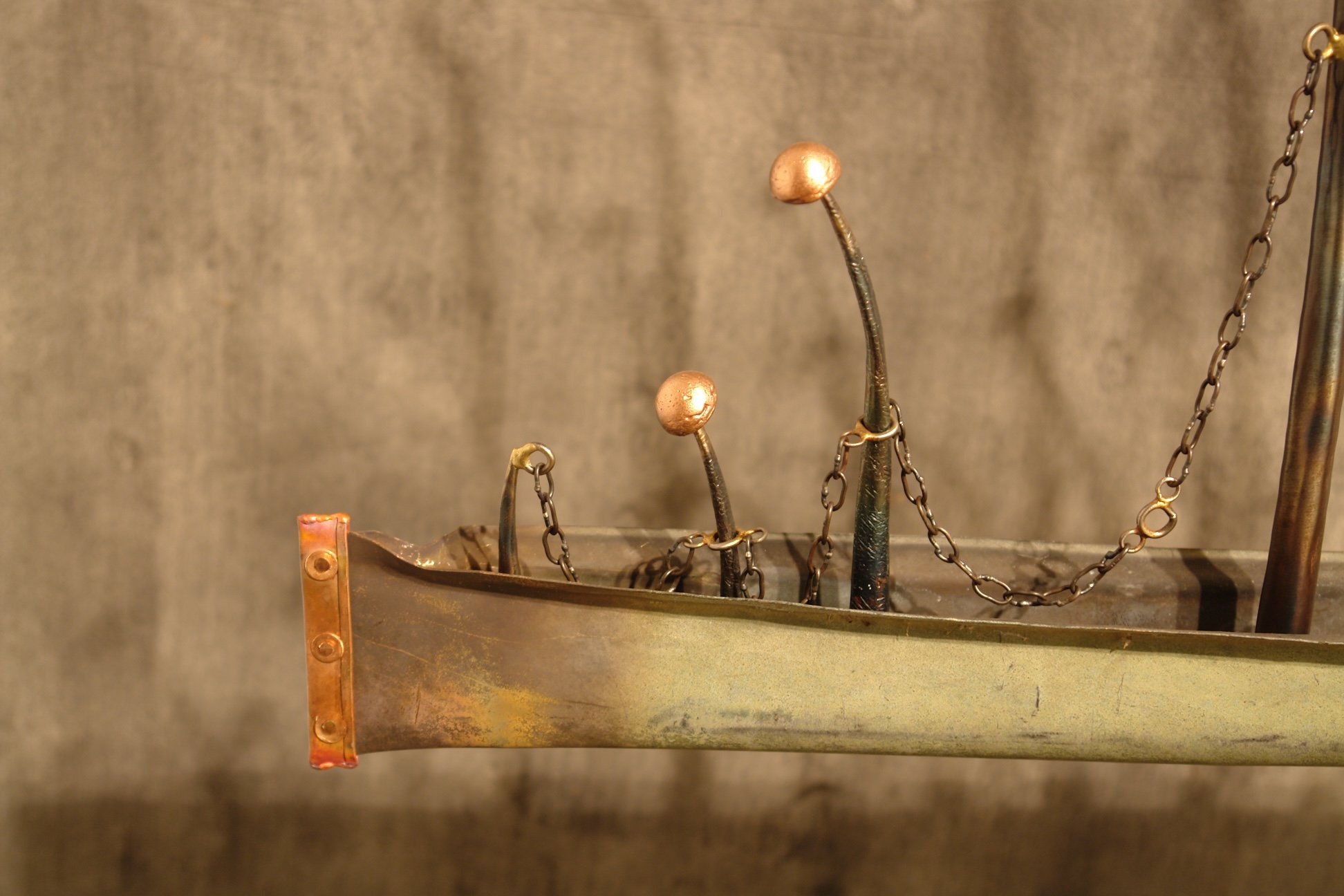
Bill Dorman “Conviction” 200yr old muntz metal (brass) ridge capping from Goulburn courthouse dome, original patina and form. Hand formed mild steel and cast copper 2300 x 1050 x 300 Boats have long been in the psyche of the Australian story. The history and politic around invasion, transportation, “illegal” boat people plus the recreational attachment to water still forms part of the story of who we are. In this work created for the Manning Clark House exhibition, I investigate our connection to Australia’s convict past. The provenance of the muntz metal that forms the boat plays into this narrative with the brass dome having been made in England in the early 1800s and sitting as a lid of justice in Goulburn for over 150 years gathering story and patina.
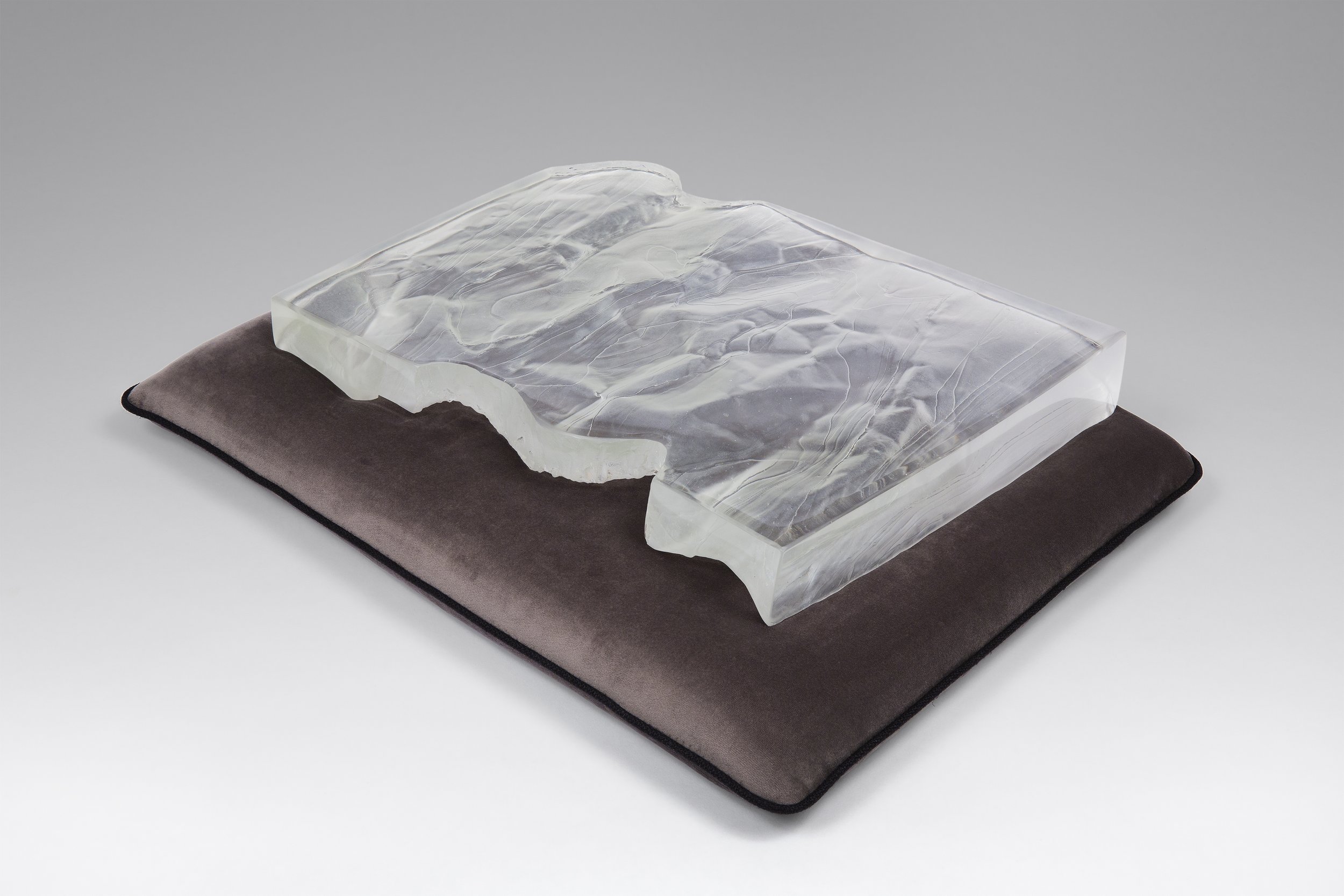
Nikki Main “Forgotten Promise” cast glass, polished, velvet cushion, 2018 380 x 480 x 120mm Nikki says she is submitting "Forgotten Promise" in honour of Dymphna Clark, especially her involvement in setting up the Aboriginal Treaty Committee. Her cast crystal glass piece, Forgotten Promise, hints at an official paper document, folding itself into a parcel of land. The land represents Hill 60, a parcel of land on the Wollongong coast inhabited by local aboriginal people – the Wodi Wodi people of Dharawal Nation. Nikki isn’t on social media but here’s her website: www.nikkimain.com
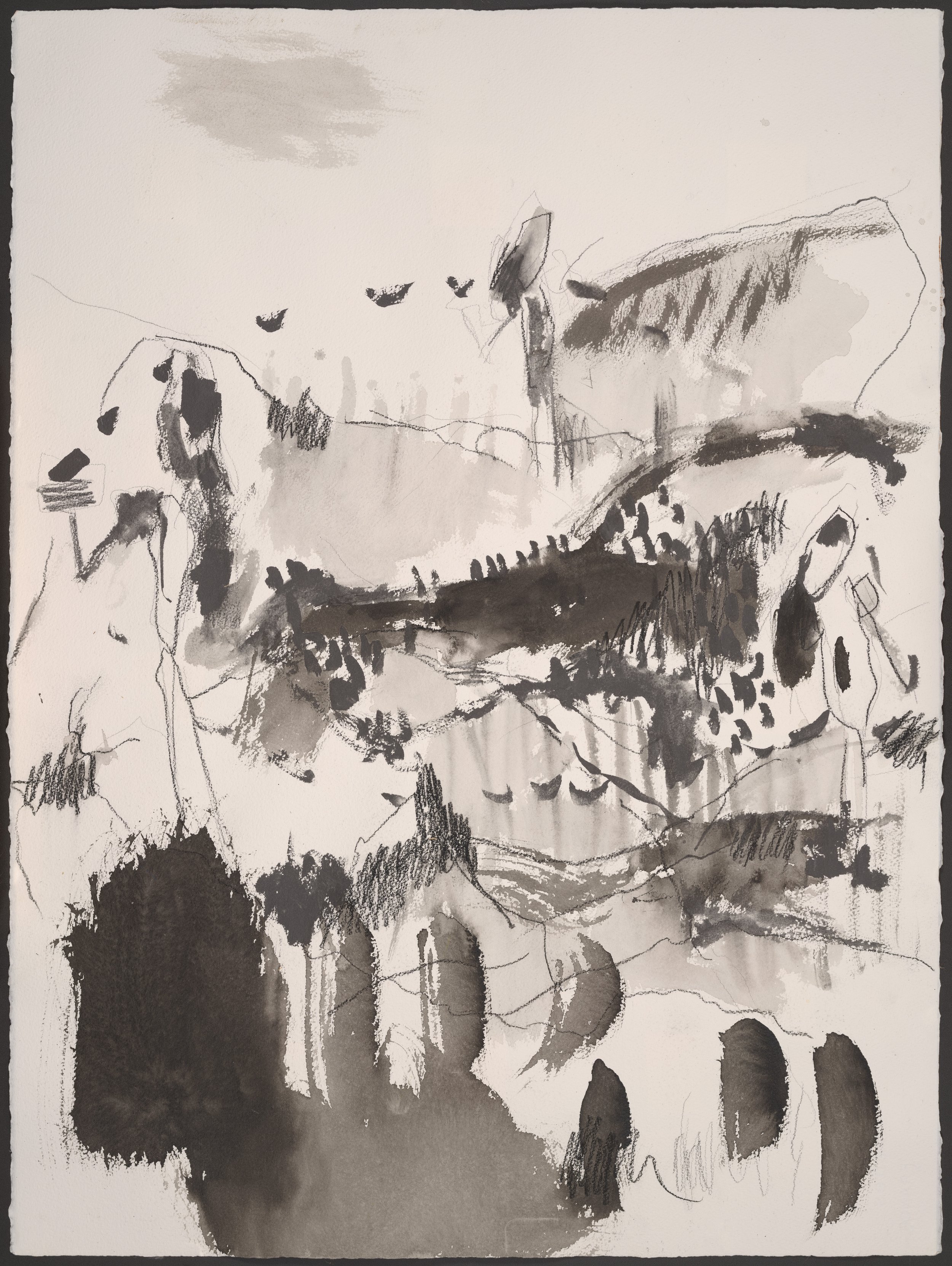
Lizzie Hall “Giants” graphite, ink, conte on watercolour paper, 2024 My father told me about three giants, brothers living long ago in the far North of England. They were named Con, Ben and Cor. … Read Lizzie’s full statement after the opening. #stillrickspeedy www.lizziehall.com.au
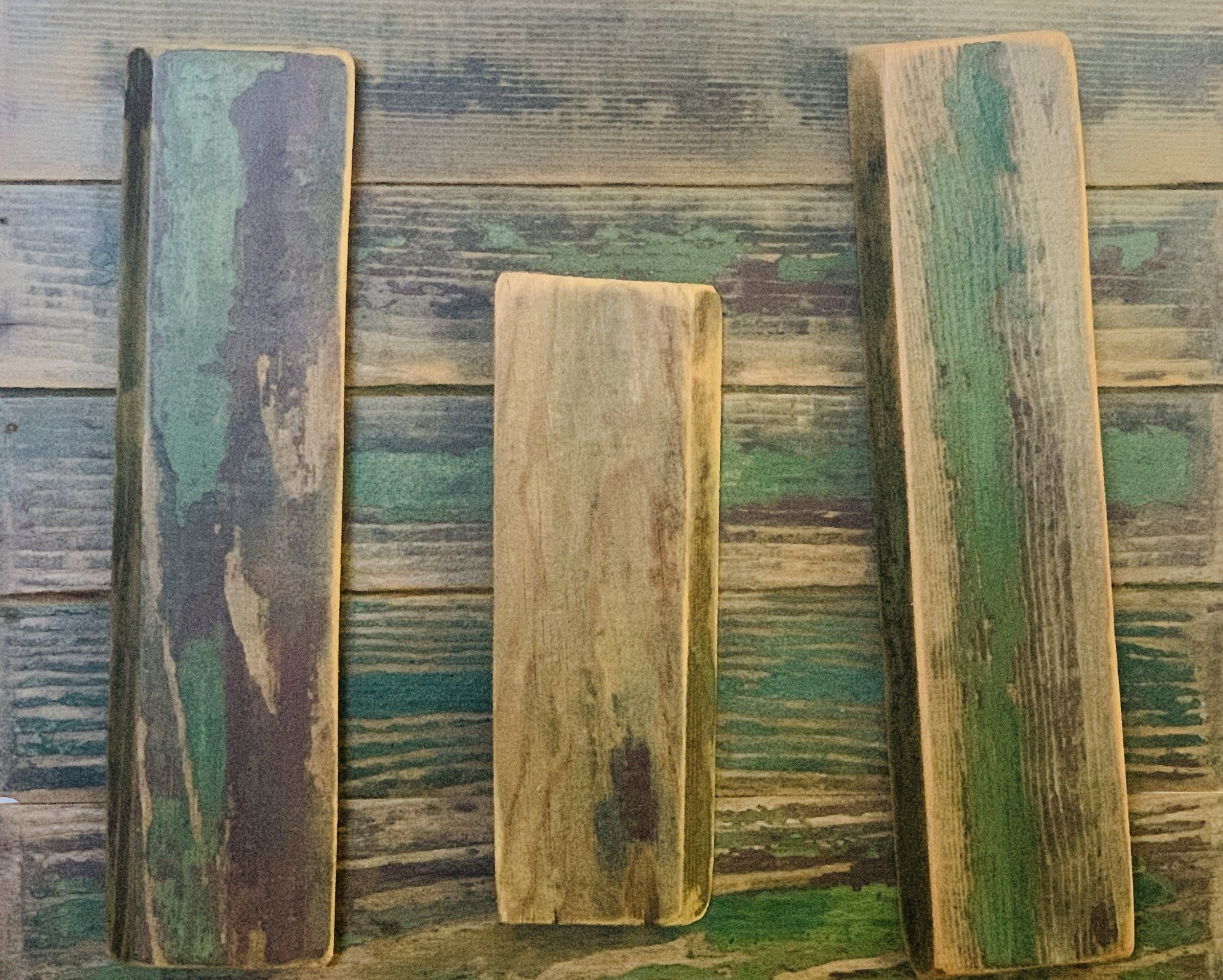
Cecile Galiazzo's contribution for heritage uncovered is Rhythm of Wood 2024 cedar, oil paint 335 x 425mm Here is a taste of her statement.: The cedar forests of south-eastern Australia were cleared for agriculture, and furnished the colony. Fine examples of this beautiful timber exists in many historic homes and public buildings in heritage towns such as Braidwood, NSW.
![Alison Alder
“Forest Trees of Australia [before rampant logging and climate fires]”
screen print on paper, 2020
Not long after the catastrophic fires of 2019/20, when I was dipping into Henry Lawson’s “While the Billy Boils” I realised that many](https://images.squarespace-cdn.com/content/v1/63ccc4017fd40a4ce04adfb5/b1c615e4-552d-48cb-a51c-8ab0fe864402/Alder_Forest+Trees+of+Australia.jpg)
Alison Alder “Forest Trees of Australia [before rampant logging and climate fires]” screen print on paper, 2020 Not long after the catastrophic fires of 2019/20, when I was dipping into Henry Lawson’s “While the Billy Boils” I realised that many of the volumes in my library needed updating. In the case of Lawson’s book, I simply added ‘Australia Burns’ as I felt so despondent over this nation’s lack of climate action. In the case of GJ Rodger’s book “Forest Trees of Australia”, I wanted to highlight the importance of old growth native forests as an intrinsic aspect of this continent’s heritage which need both preservation and respect.
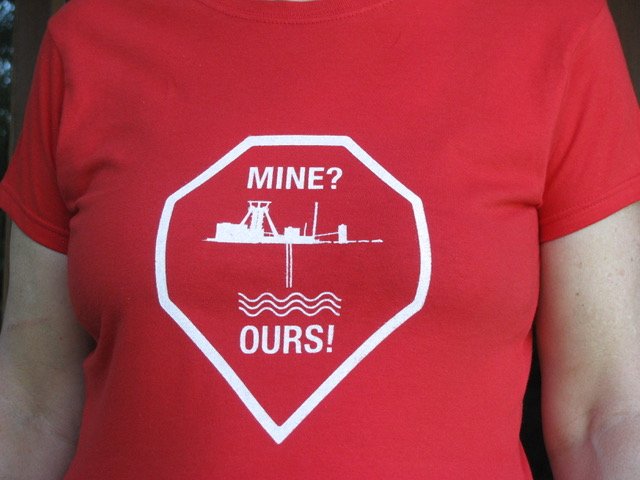
Basil Hall “Mine - Ours” (Anti Adani T-shirt). Accompanying Basil Hall’s print in our “heritage uncovered” exhibition is this t-shirt, which will be displayed on a dressmaker’s dummy. As Basil says The T_shirts were done for a protest against the Adani coal mine held in front of Parliament House in Canberra. The message refers to the granting of unlimited water rights to the coal mining giant. The groundwater in the Great Artesian Basin is OUR heritage! www.basilhalleditions.com.au #basilhalleditions

Lis Mertens #preservationfelt - Albina’s Treasure hand-felted fine Australian merino wool & vintage embossed silk scarf, 2017 Albina was born in Pedavena, Italy around 1902. She married Francesco who came from the same village. They travelled to Stenay in France where Francesco worked in the coal mines. Francesco departed for Australia in 1927 and went prospecting in Central Australia, then share-farming in Griffith where the couple were reunited 7 years later. In 1947, the family moved to Kentlyn, near Campbelltown and set up a small mixed farming business. Albina lived there until she moved to a Nursing Home. Her life possessions were boxed up and stored, amongst them a treadle sewing machine and countless cartons of fabric and sewing notions. I was much taken by this exquisite, contemporary coloured, embossed silk scarf in one of these boxes. Uncovering Albina’s heritage and travels narrows down where she found/bought this fine piece. How long it has been in her possession is a mystery. As soon as I saw it, I knew that this fabric was to be preserved. An extension of my Feltmaking practice has been to combine examples of artisanal and vintage fabrics with fine merino wool to create the #preservationfelt series.
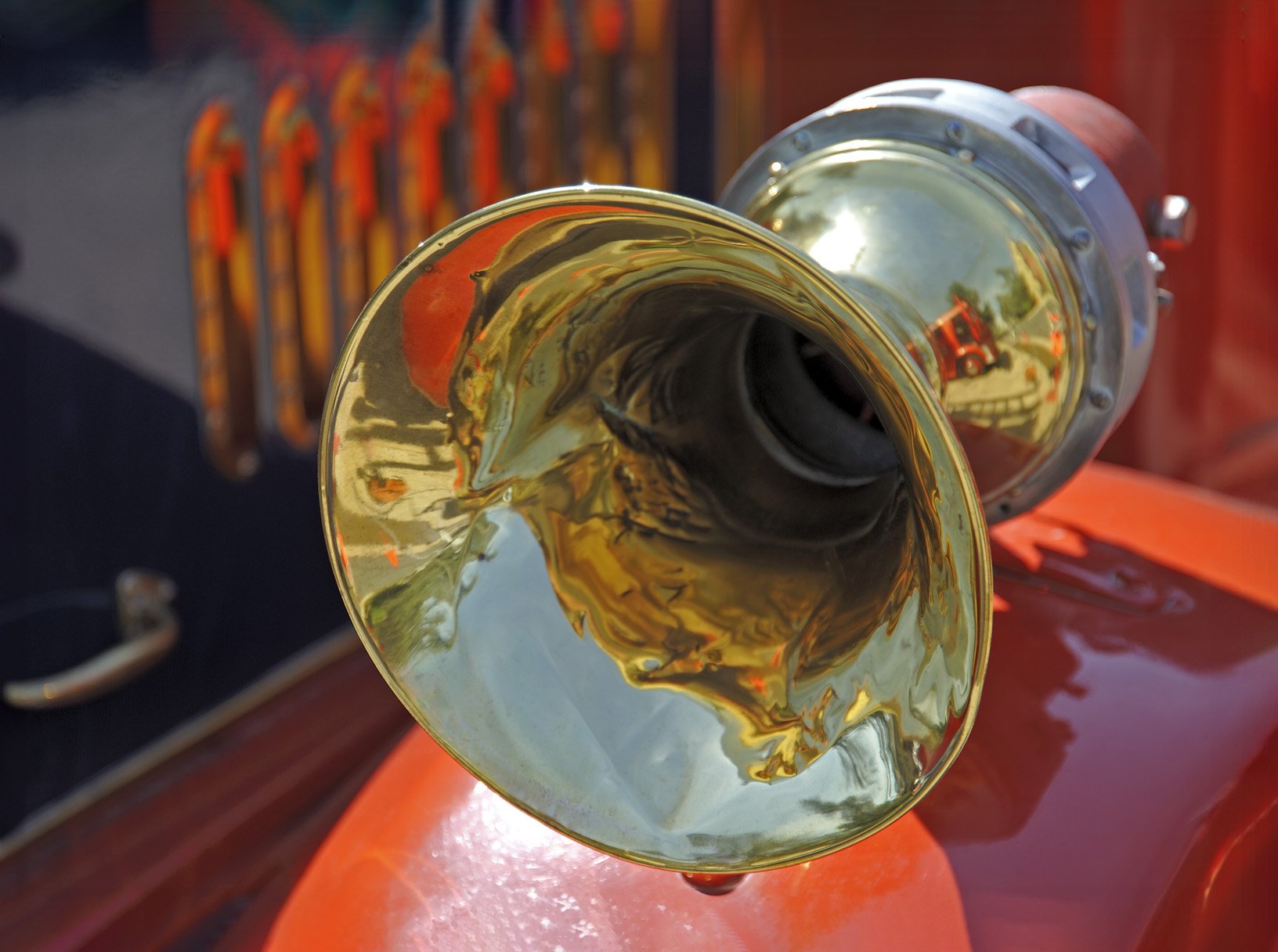
Tim Brook "Siren" giclée print (no. 1 of an edition of 5), 2023 Just seven hundred metres from Manning Clark House, the Canberra Fire Museum is preserving another part of Canberra’s heritage. It celebrates the history of Canberra’s firefighters from the founding of Canberra to the present day. It houses a remarkable collection of documents and artefacts. Volunteers lovingly restore vintage fire engines and polish them until they glow in the sun and each machine reflects all those around it. Only a big glossy print can do justice to this effect. https://hingstonbrook.com/photo

Franki Sparke "Bent Ancestor 1" Bent Ancestor 1 relief print and stencil on paper (free-standing), 2023 This work is part of a series, created to celebrate the courage and power of our ancestors' journey – over land and sea – and to acknowledge their continued presence. frankisparke.com.au

Surya Bajracharya “Familiar Waters” charcoal on paper, 2024 This work is an adaptation of Goya’s painting, Saturn Devouring His Son. The interpretation of Goya’s painting sees it as a reference to the Roman myth (inspired by the original Greek myth), in which Terra(Gaea) foretold that one of the sons of Saturn (Cronus) would overthrow him, just as he had overthrown his father, Caelus(Uranus). To prevent this, Saturn ate his children moments after each was born, one of these being Jupiter (Zeus). His wife, Ops (Rhea), hid his sixth child and third son, Jupiter, on the island of Crete, deceiving Saturn by offering a stone wrapped in swaddling in his place. Jupiter eventually supplanted his father just as the prophecy had predicted. There are various interpretations of this painting: the conflict between youth and old age, time as the devourer of all things, the hunger for and corruption of power, and an allegory of the situation in Spain, where the fatherland consumed its own children in wars and revolution. It is these last two ideas and the genocide taking place in Gaza that have shaped the inspiration for this work. It is a very sad narrative that humanity inherits and repeats. @suryabajracharya
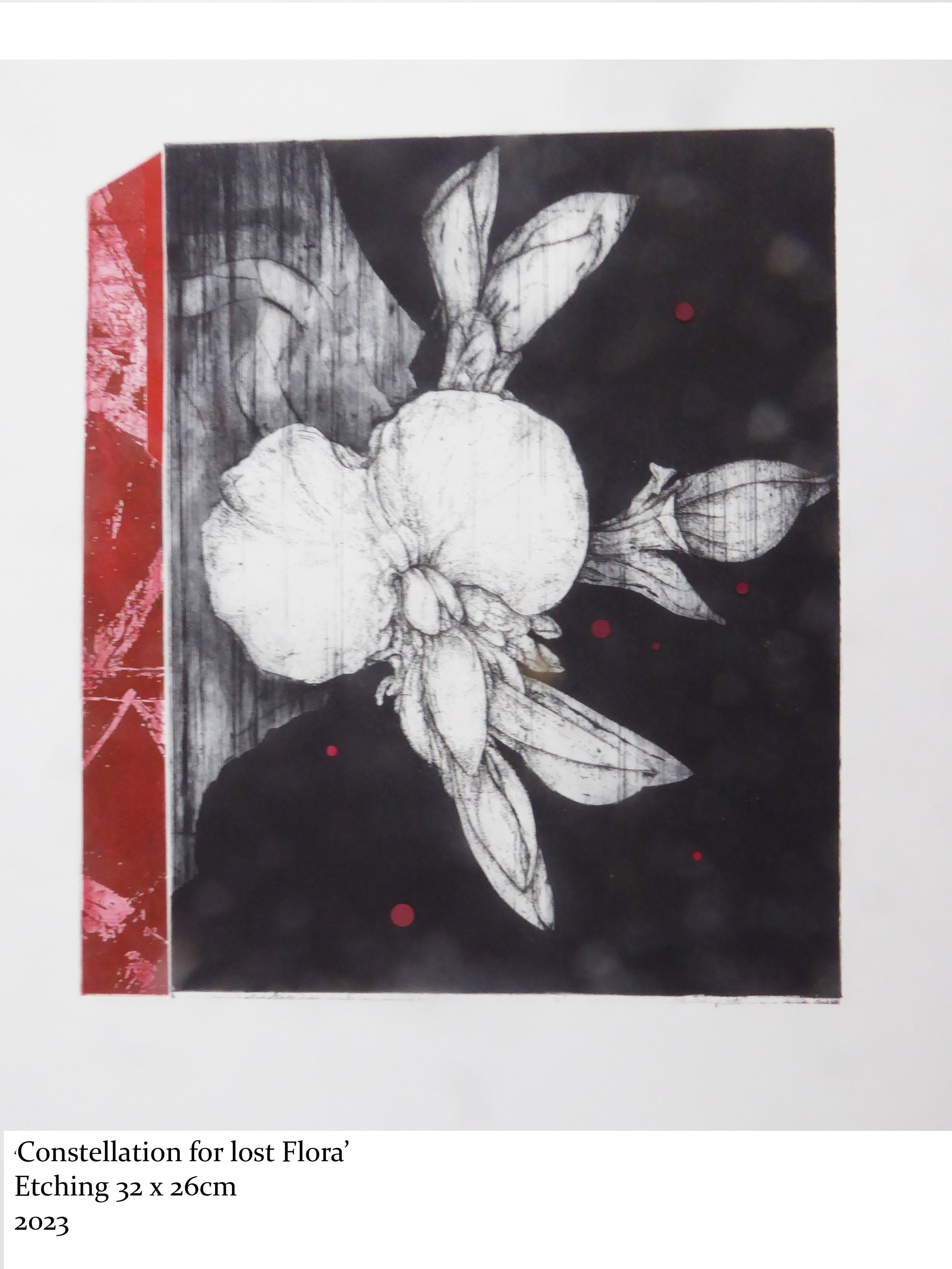
John Pratt "Constellation for lost flora" etching, 2023 This is a reflection on a landscape increasingly under threat. The more ‘intimate’ presence of flora within that landscape is a particularly poignant symbol of that broader vulnerability.
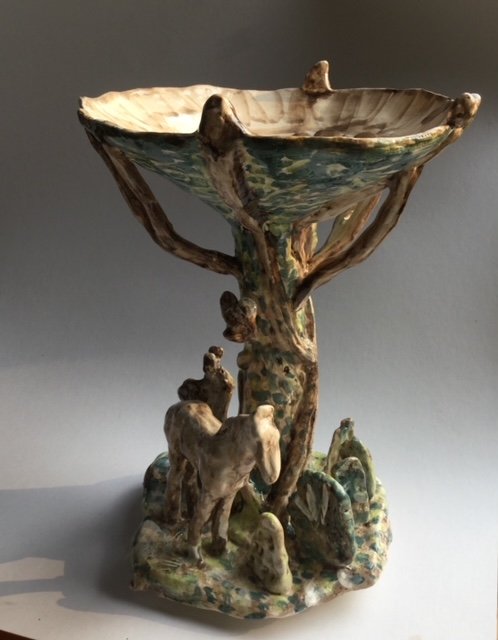
Gwenna Green, "Shaded" earthenware, 2020 Australian ceramic practice has a rich history. It’s the early Australian handmade tableware in particular that has most inspired the making of this functional yet decorative work, an example of the inherited powerful artistic legacies from our forebears, reshaped and built upon. Using the visual motifs that are inherently Australian I’ve created a table object that celebrates our artistic heritage and cultural influence, with a twist. @gwenna_green_ceramics_
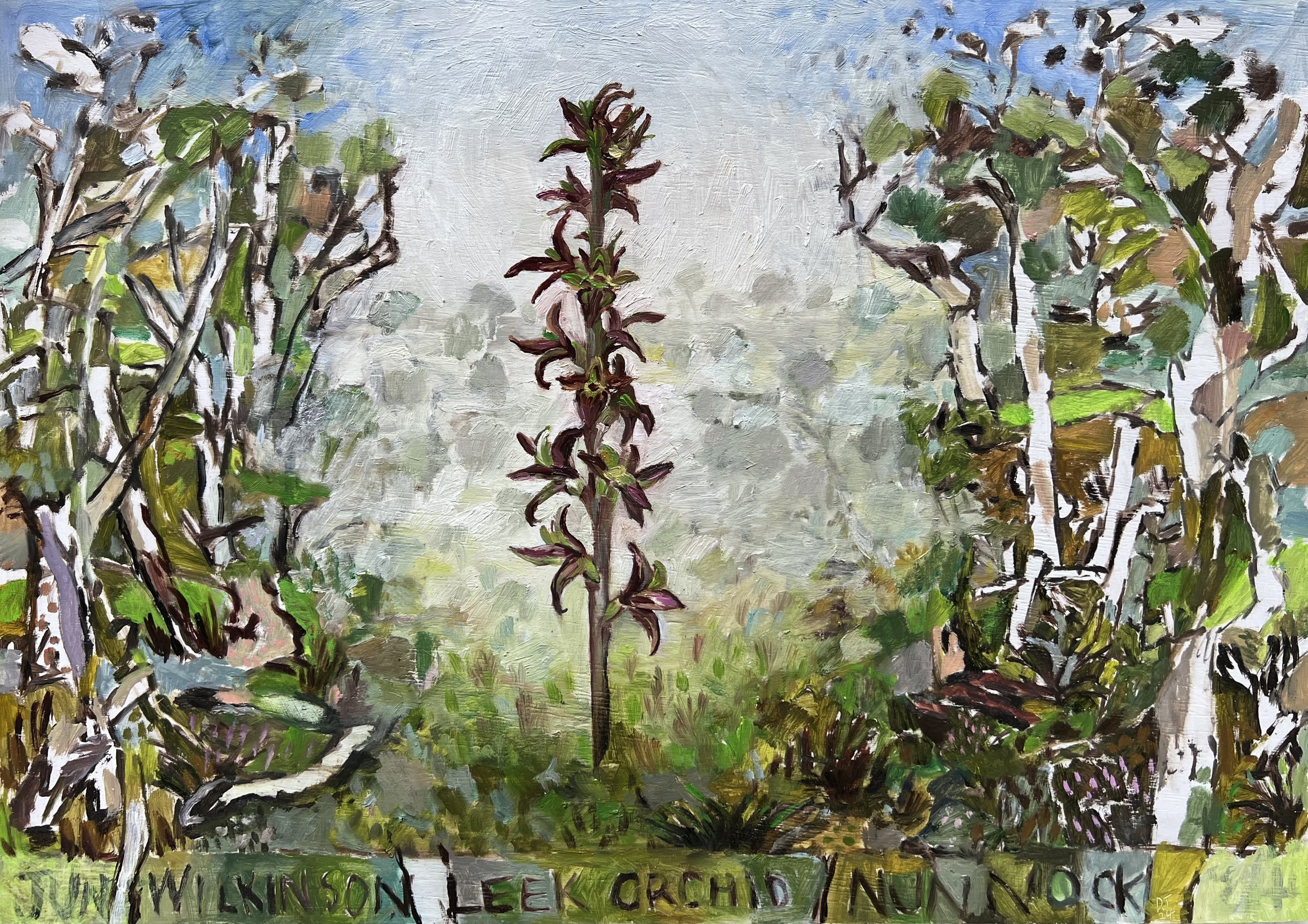
Deb Johansen Wilkinson Leek Orchid oil on board, 2024 Nunnock (Nanook) is a rare montane swamp perched on the edge of the escarpment in the South East Forest National Park, NSW. It is a shallow depression of around 100 hectares of sub alpine bog – full of peat and sphagnum moss. This high country was cared for, managed and utilised by the Maneroo people for thousands of years. Its importance passed on from generation to generation. However, with the growth of colonisation in the late 1800’s, prime grasslands around the swamp were sought after and country was taken and used for summer grazing. Next, the growing trade for timber meant large scale logging threatened the old growth forest that surrounded the grasslands. This provoked a barrage of protests in the 1980’s and 90’s and eventually this area of the SE Forests was protected under the banner of National Parks, which included Nunnock Swamp. Although this area is protected it is still disturbed and threatened by pigs, deer, wild dogs, introduced plants and now climate change, but still it acts as a haven for the native flora and fauna endemic to this area and therefore is a place of significance and special value. I chose the Wilkinson Leek Orchid to represent this significant place because it grows near the swamp, has been recently discovered (1999) and the orchid is named after June Wilkinson, a local woman who was a leading figure in saving this natural environment for future generations.
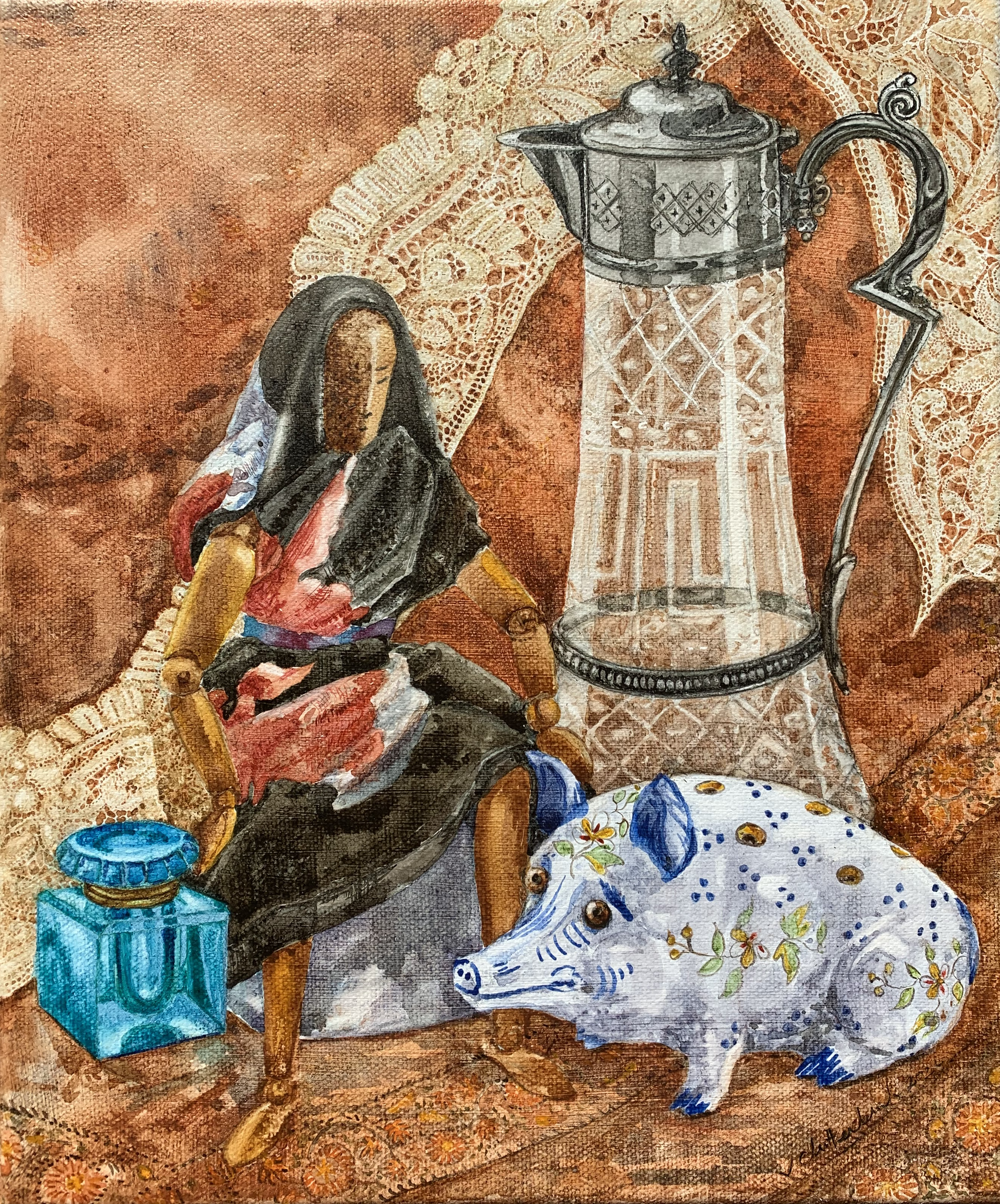
Victoria Clutterbuck Inheritance watercolour, aquarelle pencil and fixative on primed canvas, 2024 These inherited things belonged to people I loved. I have known Piggy all my life. Since my earliest childhood I have always loved watercolour. Both my parents used watercolours and I still used my father’s watercolour box, refilling the ancient China pans as I go. In my life I have worked in many different media: ceramics, wood, embroidery, oil painting, printmaking but I always come back to water colour (I try to do the best I can).
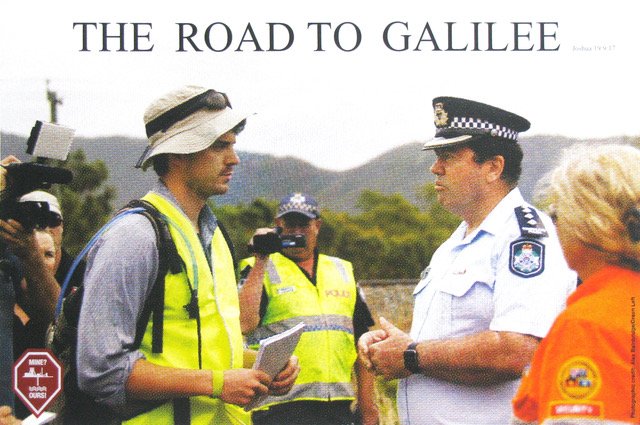
Basil Hall Rules of Engagement silk screen print, 2020 The print is taken from a photo (acknowledged & permission granted) by Alex Bainbridge and depicts young Canberra climate activist, Josh Creaser, confronted by the police in The Galilee Basin near the gates to the proposed Adani mine. The print refers of course to St Paul’s moment of revelation on the road to a Galilee in another country and it is hoped that those halting our young activist’s progress might “see the light” one day.

William Verdon Heritage (detail) Photoshop-altered digital photograph, 2024 Walking in the bush is one of the things I love to do. It is a source of constant disappointment to find evidence of human impact on our natural environment though. This photo is of a car turned on its side and abandoned in the bush, never to be recycled or salvaged, but rather to rust away over time. Perhaps it will provide shelter or habitat for animals, or maybe just fodder for the occasional photographer. It may cause wonder at the made up story of being there, or just annoyance for being litter.
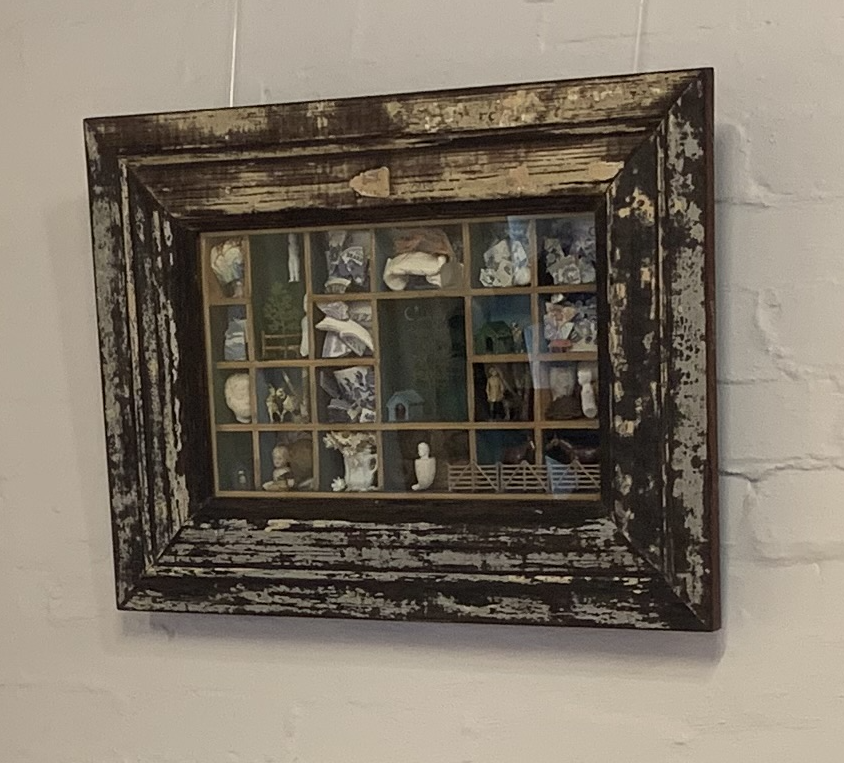
Sam Kidd Portal (shown in situ to minimise reflections) found objects, wooden box The work represents a very personal history of my life in Braidwood N.S.W. The objects include many plate pieces found in my backyard while creating a garden which began over thirty years ago. Many of the items included are from my archival collection which I have cherished for decades, bits and pieces that have meaning and relate to me and could not part with have formed the narrative and the assemblage. The Old Wesleyan Church (my home), circa 1855, is a significant building in the Braidwood landscape and holds a very special place not only for myself but for my family, friends and the community. It's photographed daily by tourists and we have always hoped that the Council would feel the same as I do about our history and how valuable our historical buildings are, and that they should be preserved and conserved (not necessarily restored) for posterity. This has not been the sentiment for over a decade, with the building and garden being jeopardised by development and not being protected under the regulations that exist.
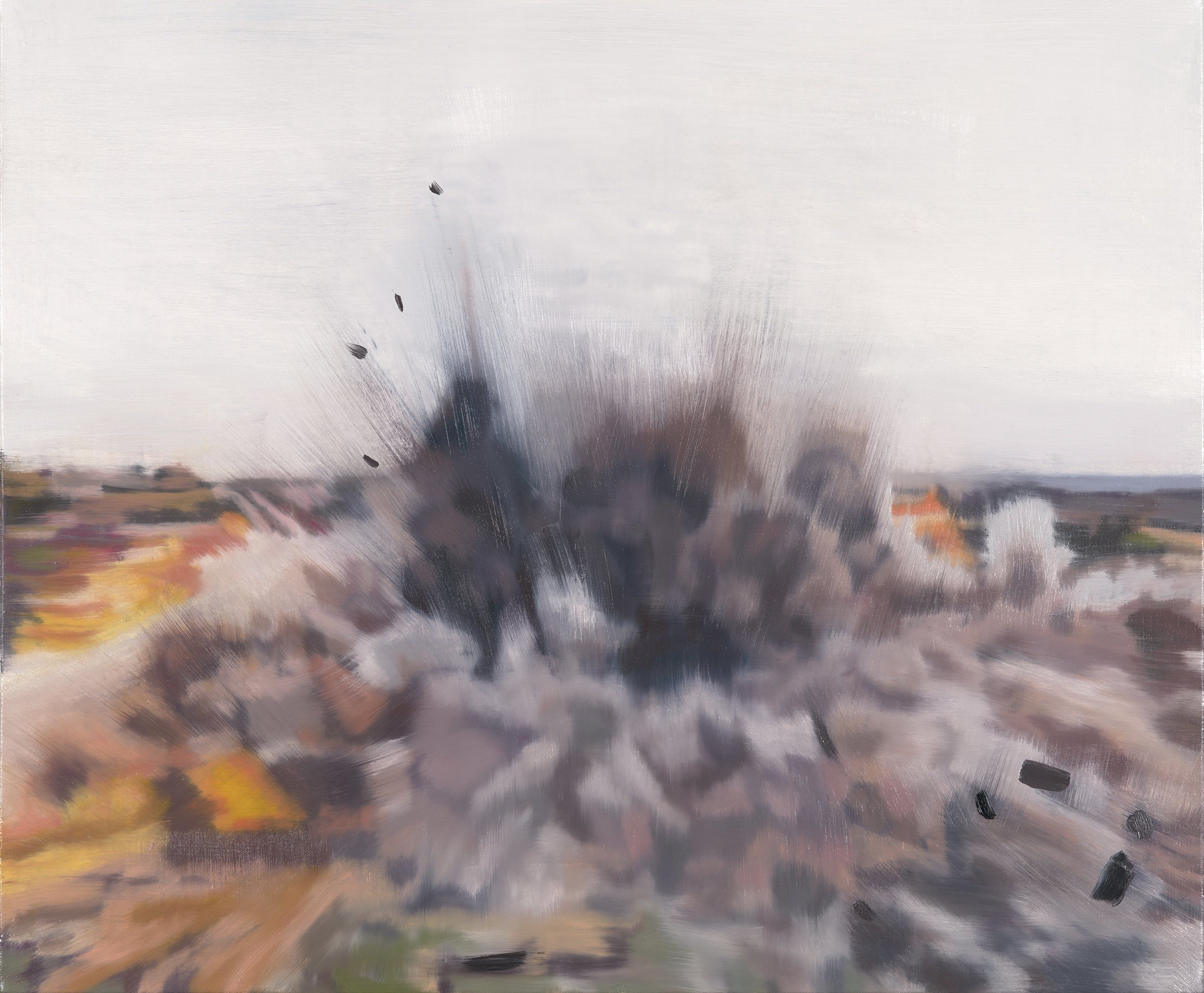
Kate Stevens Erasure (Al-Israa university, Gaza) oil on canvas, 2024 This work is about the deliberate erasure of Palestinian cultural heritage by Israeli forces occurring currently in Gaza. The painting depicts the destruction of Al-Israa University, which was also home to the National Museum. Palestinian libraries, mosques, universities, poets, journalists and academics have all been targeted by Israeli forces. (If sold, 50% of the profit will be donated to Palestinian Red Crescent).
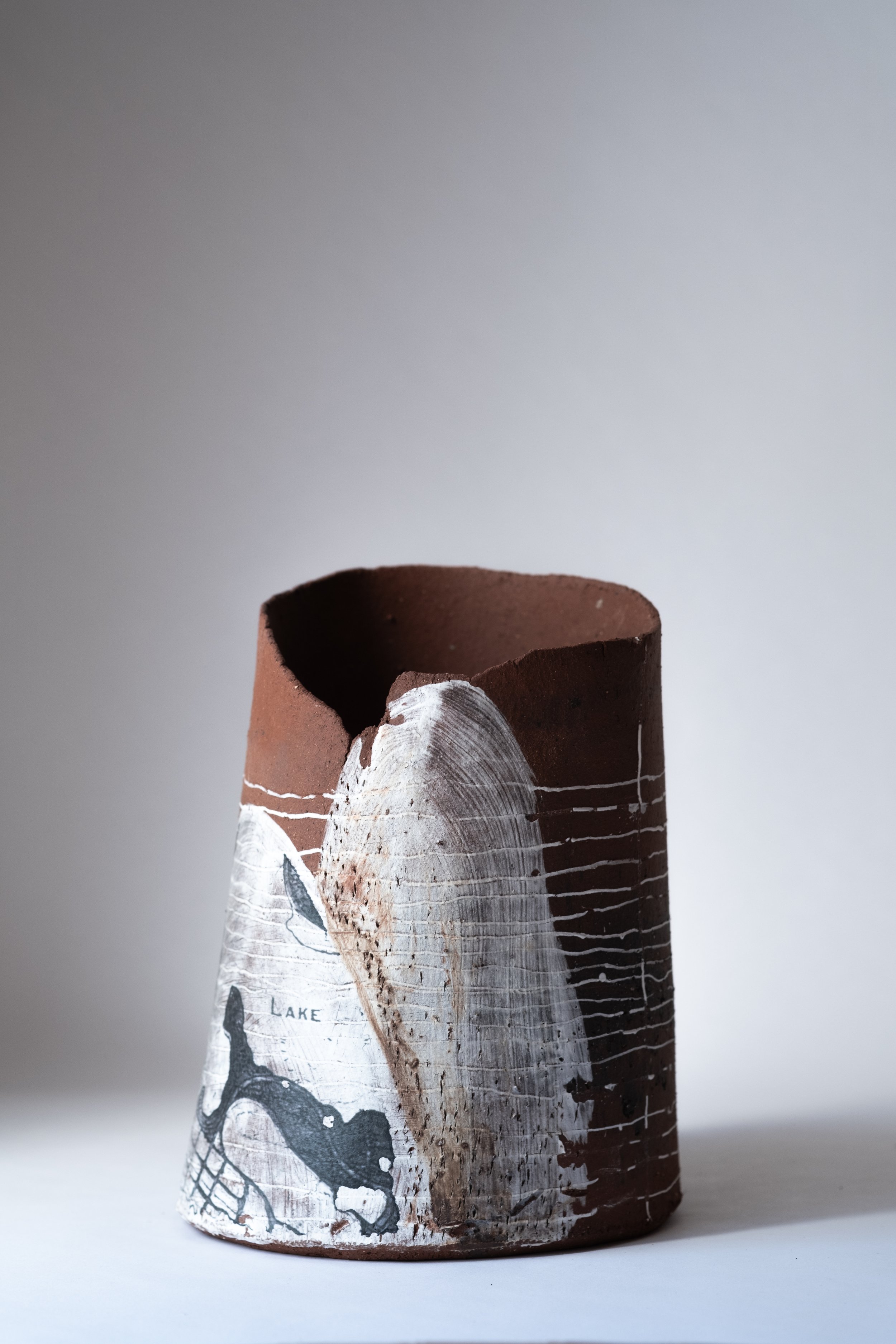
Lea Durie Submerged wild Canberra clay, terracotta clay, slips, glazes, underglazes and decals, 2024 The new city of Canberra sits on ancient ground. Submerged considers the history of this place, from deep time to its transformation into the national capital. It starts with a curiosity of what is beneath this city, built on Ngunnawal and Ngambri country. Going underground, the work is made with 300 million year old clay from beneath the suburbs. Going under the surface, it dives for knowledge on what exists and was lost, beneath the lake. Working with the beautiful, rough wild clay creates an exchange between place, labour and material. A sticky sensory engagement with the material creates a new way for me to explore the place I have called home for most of my adult life.
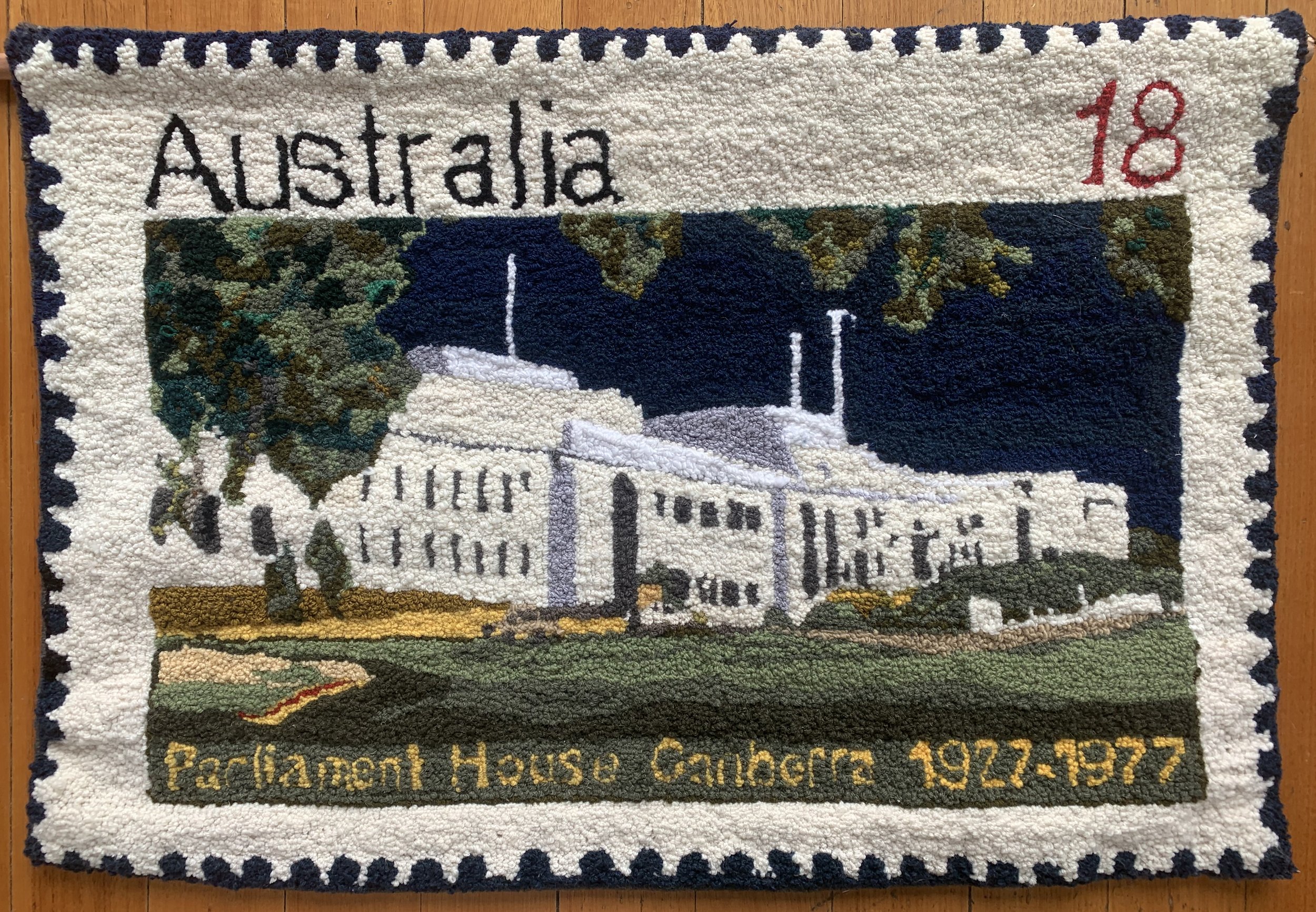
Maggie Hickey Stamp hooked rug, wool yarn on primitive linen backing, 2024 Postage stamps were first issued in 1840 and have been used world-wide ever since. Fewer stamps are produced now due to digitisation, and interest in stamp collecting has gradually waned since the 1980’s. It’s a Boomer pastime and a dying one at that. Yet stamps contain, in miniature form, histories of nations. Even in the short period of Australian federation, stamps reveal plenty about its evolution and development. A pity then, to consign these tiny artworks to dusty albums. Old Parliament House, formerly known as Provisional Parliament House and now the Museum of Australian Democracy, opened in May 1927 and the first stamp with an image of the building was issued on that date. Fifty years on, this ‘provisional’ edifice continued in use and a further stamp was issued to mark the occasion. As a Boomer myself, I chose to reproduce the 1977 stamp, enlarged, loud and proud in the time-old technique of rag rugging.

Julian Laffan Tracing the Grain (Toona ciliata, Australian Red Cedar) hand-coloured woodblock 19th Century drawer fronts sourced from the Braidwood tip, 2024 Focusing on the woodblock as a remnant of a living being reorients the print to re-consider this matrix with the lives of trees and our entangled relationship with materials. Taking a multi-perspectival awareness considers the role of the woodblock as a container of time and information and recognises the social connective role of trees to the story of the woodblock in a multi-species way. Through tracing and acknowledging the grain and the figure evident in woodblocks I am intentionally forming an affinity with my material and seeking to understand with the evidence of the lives of trees. I am acknowledging the woodblock itself as a heritage artefact and as a remnant being in the world. The individual narrative of this particular timber is key to understanding past life as a being, as a portable artefact and its present life as an art subject.
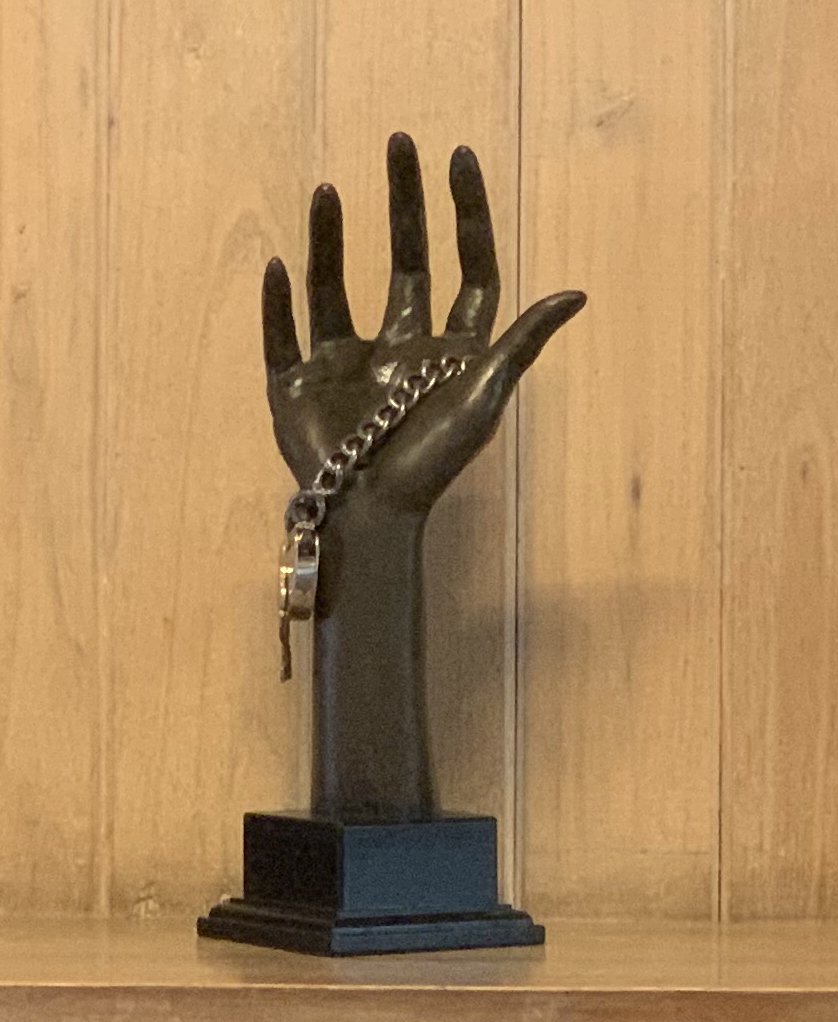
Paul Bott Queen Tess fencing wire, 2024 This bracelet is made from old Braidwood fencing wire, another foray into blacksmithing as an adjunct to my usual goldsmithing work. This piece is the first to be created and the next in the series will have hand-made padlocks, all part of my philosophy to recycle materials. The old French padlock with the bracelet is not for sale, but I can provide another.

Angelo Rossi tenacity black and white giclée print, 2023 The camera accompanies us on our regular walks, our ramblings often on the old goldfields of Mongarlowe. Heavily churned and scarred, the heritage of the whitefella activity weighs heavy on this fragile but resilient landscape. This image title exemplifies nature’s relentless expression of itself.

nature trail (crossing paths) watercolour pencil, coloured pencil and acrylic on timber panel, oiled, 2024 Leaves native to this country weave their way across the landscape, gently following suitable paths. Leaves from plants brought by the colonisers and which in some cases have colonised themselves out of control march in a straight line, regardless of the damage they might cause, like the fences that enclose stolen land and the walls that stop the natural flow of rivers. @catherinepmoore
Launch Speeches
About 50 people comfortably squeezed into Manning Clark House on April 12 for the opening of
heritage uncovered, the exhibition of work by artists from the region and beyond working in a
diverse range of media. Catherine Moore set the scene for the exhibition before introducing Nick
Brown who officially opened the show. This is a formal version of her impromptu welcome.
Good evening everyone. I am Catherine Moore, Manning Clark House committee member
and curator of the exhibition and I want to begin by acknowledging that the Ngunnawal
people inhabited this land way before it was stolen by colonisers. I am very glad to be part of
an organisation – the Manning Clark House committee and those connected with it – that will
continue to work for justice for First Nations peoples. I would also like to acknowledge the
other committee members and the Clark family – it must be weird seeing your family home
become a public space like this – and, as of March 19, Luciana Todd, the new director of the
organisation.
And you – thankyou so much for coming.
The idea came about late last year when I was at a committee meeting at which we were
exploring ways to keep MCH financially afloat. Like many non-profit organisations, we need
to fund-raise, so I suggested we have an exhibition as one way to bring in some much-needed
revenue. As the idea evolved, we decided that having it coincide with the Heritage Festival
might be good way to raise awareness about MCH and its goals when people came to see the
exhibition.
Artists were given the brief to come up with a work on the theme of heritage, but not just built
heritage – indigenous, environmental, political or whatever. The origins for this go back to my
time on Palerang Council when I was facilitator of the heritage committee, and felt it was
really important to look at other heritage as well – not just the built, mainly colonial heritage.
The theme of this year’s Heritage Festival is “connections,” which I didn’t realise at the time I
started inviting people to participate. Obviously I am connected in one way or another to all of
the artists in the show or how would I have known to invite them – I was at high school with
one, art school with others, several I know from the Braidwood area where many of us reside
or have resided, at least three are fellow Greens members, a couple are friends of friends and
one is my sister! Within the group, many are connected to each other, some as life partners,
members of the same family, and friends. One person I invited suggested another artist I
didn’t know and she in turn suggested another, her partner, and here we all are! And we are
all connected by our love of making art. Thanks to you all for being part of it.
Before I hand over to Nick to do the honours – remember, it’s a fund-raiser, so feel free to buy
the work – 30% of proceeds will go to MCH – or make a donation, so we can keep this place
of progressive ideas going – more important than ever in this world of post-truth, regressive
politics.
So here’s Nick Brown, Professor of History at ANU and also a Manning Clark House
committee member, to officially open the exhibition.
Welcome to share this opportunity to share this extraordinary collection creative work and this graceful space – there are, as I want to suggest – some deep resonances between the collection we are viewing tonight and the ethos of this house.
But I want to begin by acknowledge the traditional owners of the land on which we meet, and pay respects to elders past, present and emerging and to extend that acknowledgement to the traditional owners of the lands on which the work assembled here was conceived and created This acknowledgment is particularly appropriate this evening: all of the artists drawn together here, as their work so powerfully displays, are in deep ways inspired by country – by a reverence for, an experience of, an activism driven by engagement with deep, precious, often fragile and contested environments.
Before moving on to my remarks this evening, I need to be clear. I am welcoming you on behalf of Manning Clark House Incorporated: I serve on the committee overseeing the mission and management of the house, and I have a particular role in relation to conserving and promoting its heritage values – as a place of gathering, a house with a remarkable modest integrity in design, and a remarkable capsule of social history in the particular landscape that, is many ways, also reflected in these collected works.
I am a historian: I have no authority to speak this evening about the art works we are here to enjoy and celebrate this evening other than as one who appreciates that resonance to place and history and who welcomes occasions such as this as opportunities to reflect on the particular values of this house, its history, but also its function now – a rare place in which to experience a genuine community of intersecting creativity and commitment: that is at the heart of Manning Clark House. As a historian, I have also served on the ACT Heritage Council, an experience that also impressed on me on how complex, multi-layered, fragile and contested many aspects of the heritage valuation and conservation of this very particular city and its region can be and from that perspective, I think it is particularly appropriate that this collection of work, in this particular house, features in the program for this years ACT Heritage Festival and as a historian – and also perhaps more personally – I do have my own interest in, investment in this place, and in my brief remarks in opening the exhibition this evening, I wanted to reflect on that association.
I had the great privilege of knowing Manning and Dymphna Clark, and of spending some time in this house … a long time ago: but a precious time. Perhaps it is presumptuous of me to say so, but I think they would both be delighted to see their home hosting this work.
The collection you can view this evening captures much of the vision Manning had for Australian history – a history shaped by the lives of people seeking meaning somewhere in between a wrestle with themselves, a wrestle with their sense of inheritance and destiny, a wrestle with their place: transplanted place, a stolen place, a loved place, a place of solace and vision.
We might reflect on some of the subtitles of Clark’s six volume History of Australia: ‘the earth abideth forever’; ‘the old dead tree and the young tree green’
The constant resilience, the promise of reinvention, if we attend to where we are and all of these works offer ways of doing exactly this.
When I read through the artist’ statements – their ways they have spoken of themselves, and the ways they spoken of their work – I could hear Manning’s voice, I could even recall his smile. He didn’t smile a lot – it was not part of the rather forbidding public persona, but that rare was at the core to the generous soul be could become in small, trusting gatherings, in quite conversations, and in the acts of hospitality that so defined the spirit of this house – he would have loved see you all here this evening.
He would have particularly treasured opening up conversations with the artists represented here, as they spoke modestly of their work
- Gwenna Green speaks of ‘my observations of the flawed nature of our world’
- John Pratt’s reflections on ‘the impact of human presence within a range of natural landscapes and constructed environments’
- Alison Alder – through her long and esteemed career – seeking the ‘visualisation of common social aims and under-represented histories’
- Bill Dorman who powerfully evokes thatrelentless image of the boat on the horizon: boat-borne invasion through to a boat-borne search for asylum in his sculpture so evocatively crafted from the brass of Goulburn’s courthouse roof, underneath which the state has weighted the lives of many its subjects and citizens: as Manning would often remark. ‘let those among you without sin cast the first stone’.
- Victoria Clutterbuck ends her statement by simply stating ‘I try to do the best I can’.
- William Verdon ends his with ‘I endeavour to make my art say something’.
That humility, that tentative search, would have delighted him.
In the fruitless task of tidying up my office recently I came across one of the postcards Manning would send to those he felt needed encouragement. It is of Rodin’s ‘Monument to Balzac’, outside the Museum of Modern Art in New York:
- In his near impossible-to-decipher message to me he wrote: ‘Here is a man whose heart was hot within him’ – who was, as Manning so often put it, on that long journey to find something to say, and that struggle to find a way to say it.
- Every morning but Sunday, up those stairs by 7:00 am, Manning went to his study.
- ‘I try to do the best I can’.
All of the works on these walls this evening have, in a way, found an appropriate home given these resonances; all of them – as Surya Bajracharya puts it – are in their own ways charting a synthesis between ‘place, politics and personal experience’.
All of them, as Manning would put it, have something to say, and each powerfully captures the struggle, whether it is Lea Durie’s commitment to working with local ‘300 million year old clay’ or the layers of paint, of the past, in the cedar Cecile Galiazzo has reclaimed, of trying to find a way (the words, the medium, the voice or texture) to say what matters.
So, there is Manning’s voice. But at the risk of being sentimental, there is Dymphna’s soul.
Through much of the work we are celebrating this evening there runs a distinct aesthetic: it is local to this place – to this city, to the surrounding hills, to the plains running down to the Monaro, out to Braidwood, to the coastal escarpment and onto to Tasman Sea.
In all of these work there is a sense of a community in this place, this landscape, this ecology - and of care for it about seeing the connections between those big themes – post-colonial land use, climate change, justice, migration – and local practice, local engagement and about the humility and respect of working with the discarded, the found, the second-hand, the fragmentary, the remembered and the reimagined.
I don’t know whether Dymphna knew Rosalie Gacoigne: she must have met her, if only in the rather dismissively named University Ladies Drawing Room at which the often more than equally able wives of professors met to try and find shared meaning in their transplanted lives in the Canberra of the 1950s, Dymphna in this house, with her six children, her garden, her quiet erudition in European languages, and Rosalie wandering the shoulders of Mount Stromlo, alone, isolated.
Early on in finding her vision, Rosalie offered classes to the University Ladies – I don’t think that was Dymphna’s style: she rejoiced in flowers but in exuberance, just as she also rejoiced in a kitchen garden, her hens, her fruits, her sewing and of course Dymphna’s world was a cornucopia, not a spare arrangement.
But both Dymphna and Rosalie grew to love this place, and reject those who ridiculed its smallness. As Rosalie turned to the art of the found object – to some extent such an emblematic practice for those who made Canberra – she observed ‘at first you think there is nothing there, and later you learn that there is everything’.
With that, I think, Dymphna would agree. And so, it seems, do that artists represented here. The aesthetic that runs through the works on these walls was hers. There is everything here – in the honesty of spare materials, in the reuse of still purposeful objects, in the respect for craft, function, simple form and the complex stories of human use and chance those simple forms can capture.
Look around this house: spare, simple, pure, scuffed, enduring – if we can keep it, if we can honour it: that is the mission we as members of Manning Clark House Incorporated have, and we would welcome your support.
But for all that deep investment in the here, there was also – as Nikki Main reminds us in her artist’s reflections – Dymphna’s role in leading with Nugget Coombs and Judith Wright in forming the Aboriginal Treaty Committee, which met in this house, or in replanting with native vegetation her deeply loved property at Wapengo on the South Coast, or in reaching out to all the people in need, or alone, or despair, that Dymphna quietly, modestly, brought into this house, and into the full warm embrace of her life.
So – Dymphna’s soul would rejoice at the work on her walls this evening. It was more Manning’s style to go biblical, but some passages I seem to recall her saying, “For ye shall go out with joy, and be led forth with peace; the mountains and the hills shall break forth before you into singing, and all the trees of the field shall clap their hands.’
In such a deep investment in place, such a deep respect for the layering of history, for the lost and found, for truth, for the trees in the celebration of their world, in all of this these works have found their home in this exhibition. What a privilege to experience them in this place, and in this company.
And what a triumph for Catherine Moore, whose vision this exhibition reflects, whose commitment has brough it together, and who deeply deserves our thanks for making this possible. Thank you, Catherine, and congratulations.
So these works have there home here for the next couple of weeks, but they are also for sale, so can let them enrich your own homes, and in buying them – to put it bluntly – you will help us keep this home together.
I have enormous pleasure in declaring ‘Heritage Uncovered’ open.

